Moonbows ( lunar rainbows ) form in the same way as rainbows, but the light source is the moon rather than directly from the sun.
The moon is lit mostly by light from the sun, but also by light from other stars and light reflected from Earth.
Rainbows and moonbows form when light is refracted through water droplets splitting it into the colours of the rainbow.
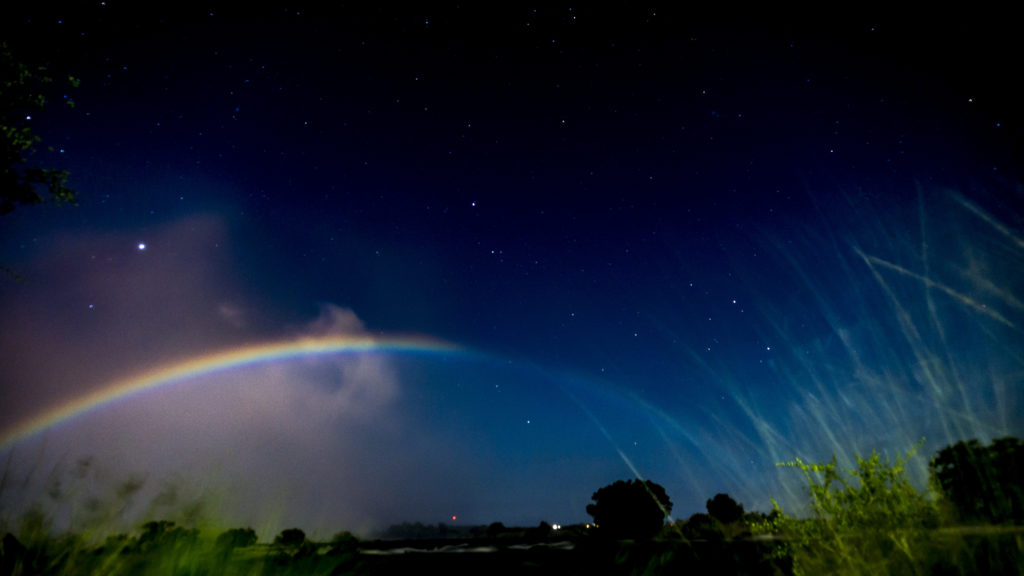
Moonbows are much fainter than rainbows, as moonlight is much less bright than sunlight. This makes them very difficult to see with the human eye.
Moonbows are most likely to be seen when the moon is full and the sky is extremely dark. Full moons occur every 29.5 days.
More about the Moon
Earthquakes can occur on the moon and are known as moonquakes.
Do you know why the moon looks different throughout a month?
Full moons have nicknames that were once used to track the time of year. Read more about moon nicknames with the Farmers Almanac!
Discover how the Earth, Sun and Moon orbit each other with a fun activity!
A blue moon is when we see more than one full moon in a month!
Read our fun facts about the moon.
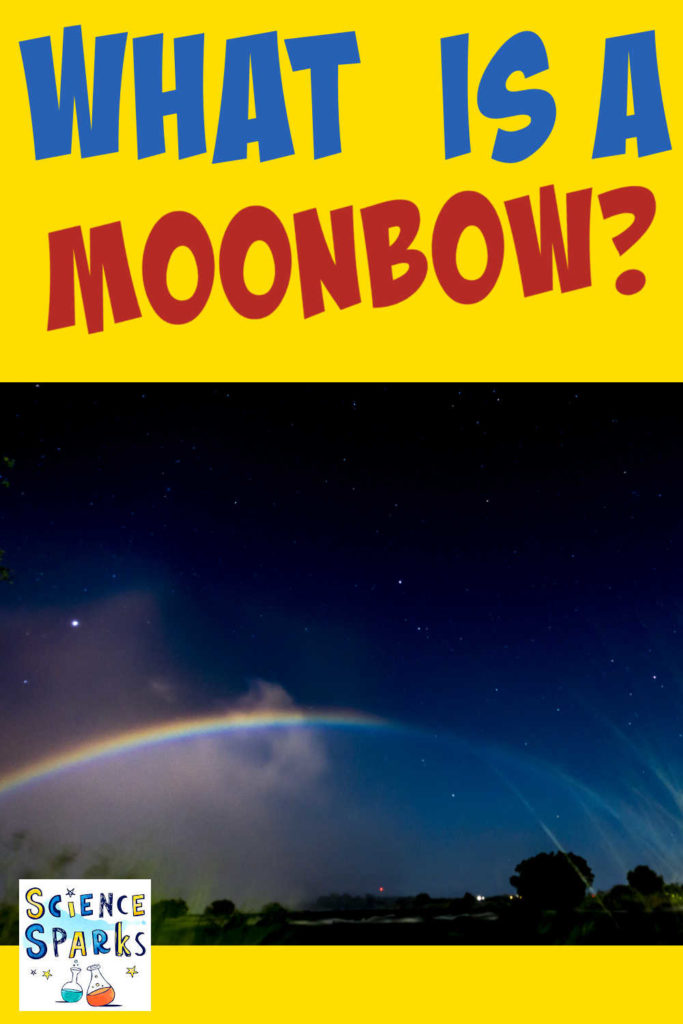
Last Updated on February 28, 2025 by Emma Vanstone
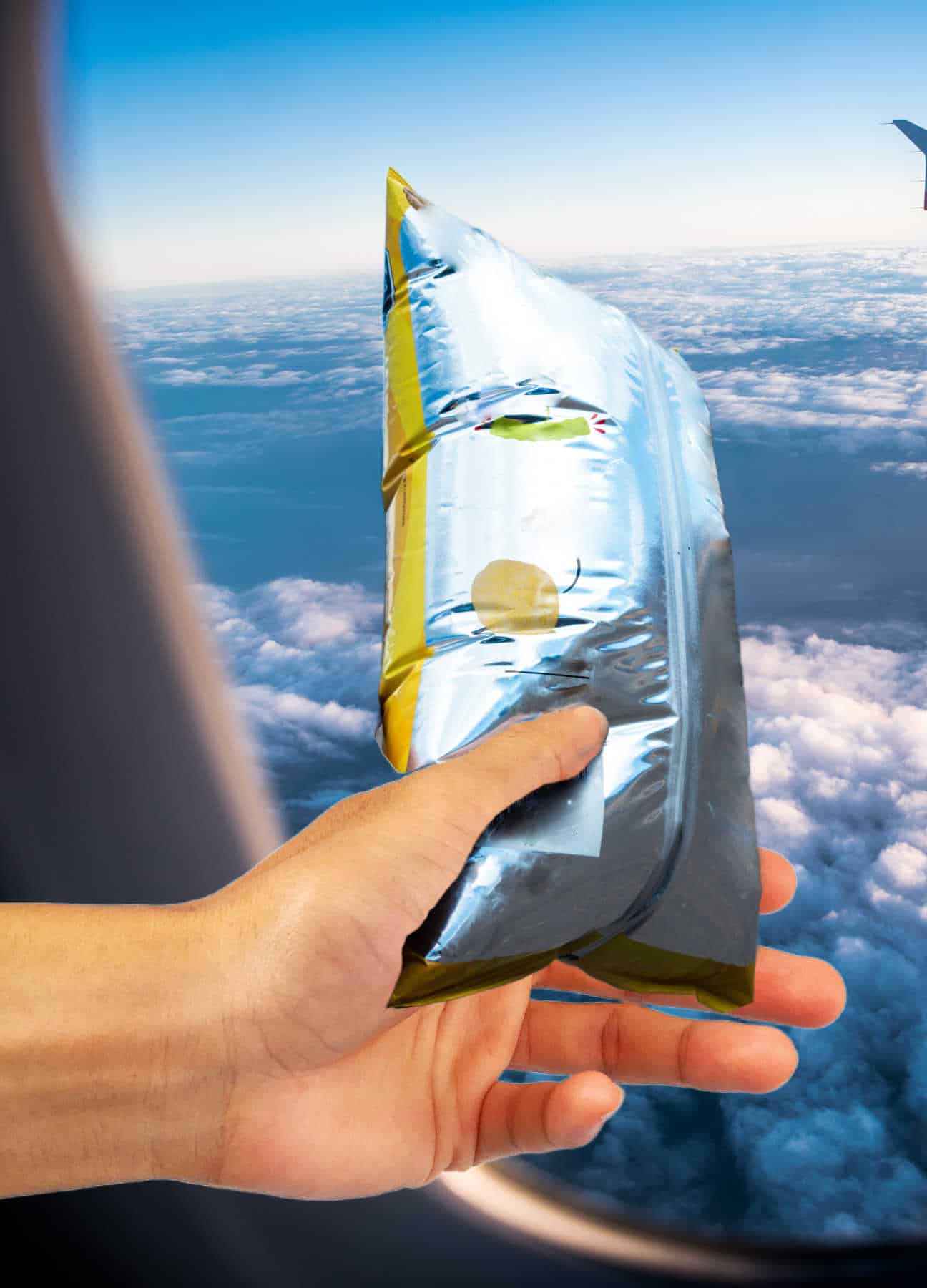
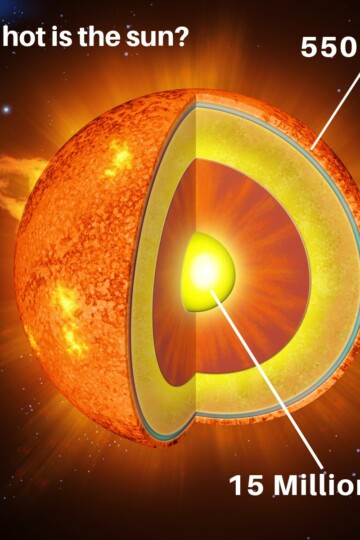
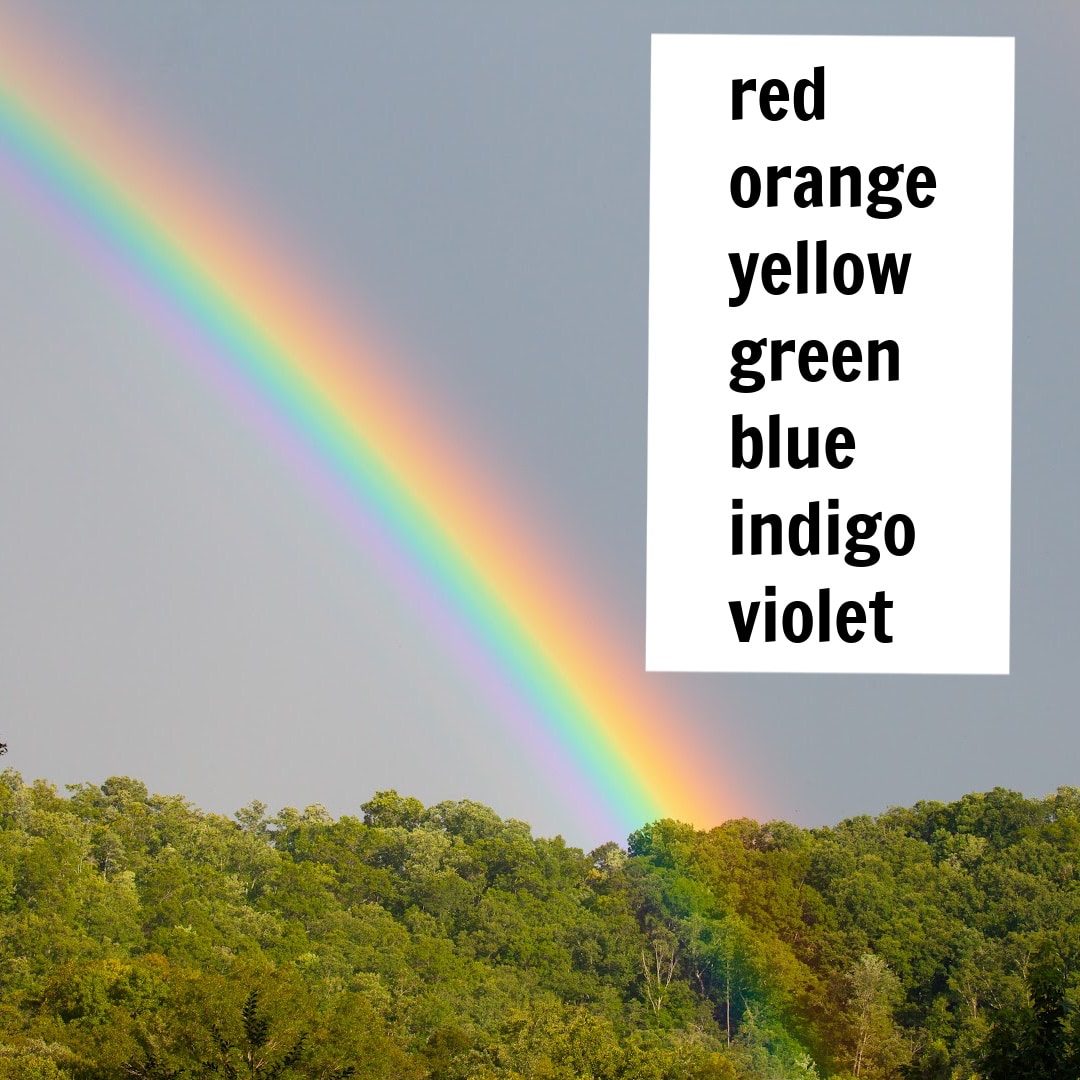
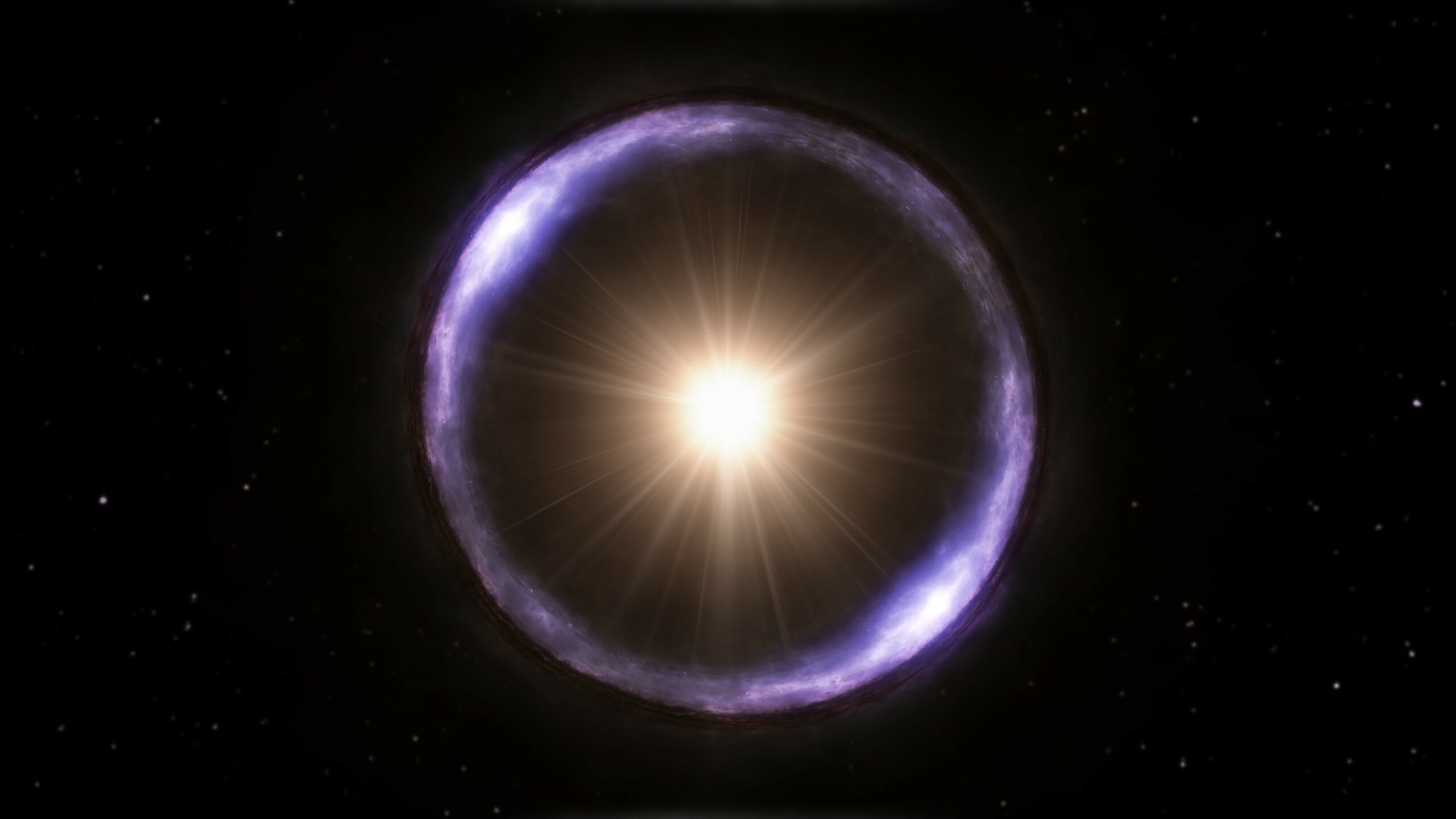
Leave a Reply